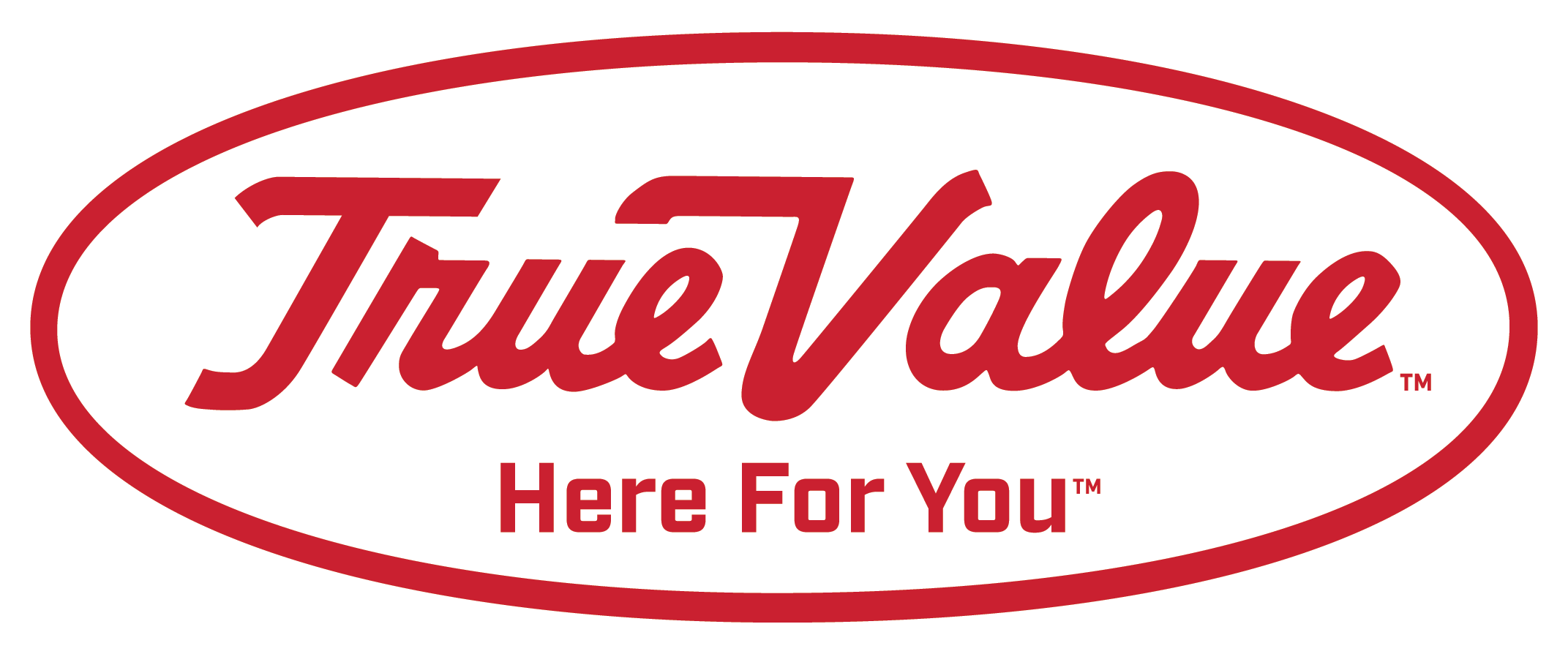Fleas and ticks have long been the nemeses of domesticated dogs the world over. Not only are they an annoyance for your dog, their propensity for spreading disease can also be dangerous to the health of your pet. If your dog spends a lot of time indoors with you, you could also be at risk from pathogens that ticks and fleas can carry. Keep yourself and your pet safe and healthy with these tips on getting rid of fleas and ticks.
Step 1. Groom and Inspect Your Dog
Grooming your dog regularly is essential for keeping it clean and healthy. Dog hair picks up dirt, debris and, yes, sometimes fleas and ticks. Grooming provides an opportunity to carefully inspect for signs of fleas, ticks or any other infestation and/or skin/hair ailment. Use a pin brush for long-haired breeds and bristle brushes for most other types of coats. Short-haired breeds should be brushed weekly while long-haired, like sheepdogs, may require daily brushing.
Check for ticks by running your hands over your dog’s coat, feeling for bumps. If you find a bump, check to see if a tick is there. Also check under the dog’s legs, between toes and in ears. If you find a tick, put on a pair of gloves to remove it. You can sometimes remove a tick with your fingers, but for best results, it’s recommended that you use tweezers or a tick remover. When using tweezers, take hold of the tick and pull it up, away from your dog in a quick motion to remove the entire tick. Often, when a tick is removed, the head can remain attached to the dog’s skin and can cause an infection. When using a tick remover, follow the manufacturer’s instructions closely so that you remove the whole tick. Place the tick in a small container filled with isopropyl alcohol to preserve the specimen for identification if your dog develops a tick-borne illness.
A flea comb is a good tool to use to check your dog for fleas. Run the comb through your dog’s fur, starting at the head, working back toward the tail. After a few strokes with the comb, check the comb’s teeth for fleas. Dip the comb in soapy water to kill the fleas and then wipe it dry with a rag or cloth. After you have thoroughly combed your dog, wait a few minutes and then repeat the process. Dump the soapy water down the drain and vacuum the area where you combed your dog to pick up any fleas or eggs.
After brushing and/or combing, give your dog a bath. Fill the bottom of the tub with a couple inches of warm water and then gently lift and place your dog in the tub. Hold on to your pet gently but firmly in the tub, praising and assuring the dog. Wet the dog down, using a handheld shower nozzle or poured water from a cup, starting at the head and moving towards the tail. When wetting your dog’s head, hold underneath the chin and carefully pour or spray water, taking care not to get water in your dog’s eyes or ears. Apply the dog shampoo by working it into the fur down to the skin, until the entire coat is lathered. Rinse out the shampoo in the same manner you wet your dog — take care not to get water and shampoo in the eyes or ears. If it’s warm outside, you can also wash your dog outside, using a garden hose. If you did notice evidence of fleas when using the flea comb, or if you found ticks, use a flea and tick shampoo to wash your dog. Follow the manufacturer’s instructions. Use towels to dry your dog’s coat. After the bath, brush the coat again to keep the fur from becoming matted and to keep the coat shiny.
Step 2. Apply Flea/Tick Treatment
Apply a topical flea and tick treatment directly onto your dog. There are a number of popular brands with different ingredient mixtures from which to choose, but for the most part, they all work similarly, containing active ingredients such as Fipronil, Imidacloprid, or Pyriproxyfen. These chemicals kill fleas, flea eggs and ticks. These treatments are applied every 30 days by opening an applicator and applying the solution directly to the skin between the shoulder blades. The solution must be applied close to the skin, and not just the fur, for optimal results. Wash your hands after applying, and avoid touching the application spot — wait 24 hours before bathing your pet so the solution can absorb.
Step 3. Clean House
Thoroughly clean your house, particularly areas where your dog spends a lot of time. Vacuum your floor, as well as your dog’s bedding. When finished, go outside and empty the vacuum into a sealable container and discard of the container in the trash. Wash your dog’s bed and any rugs or other fabric items with which your dog has been in regular contact. Then steam-clean carpet flooring and rugs using a carpet steam cleaner or have them professionally steam-cleaned. Apply a flea and tick carpet powder insecticide or spray to your carpet to kill any remaining fleas or eggs you may have missed. Follow all manufacturer instructions. Then vacuum again.
Step 4. Treat Your Yard
Treat your entire yard with an insecticide formulated for killing fleas, ticks and other insects. Connect the bottle of insecticide concentrate to a garden hose, turn on the water and then open the bottle’s valve to spray your grass with the treatment. Follow all manufacturer instructions carefully.
Congrats! You’ve learned how to get rid of fleas on your dog.
Project Shopping List
Here’s what you’ll need to complete this project successfully.













